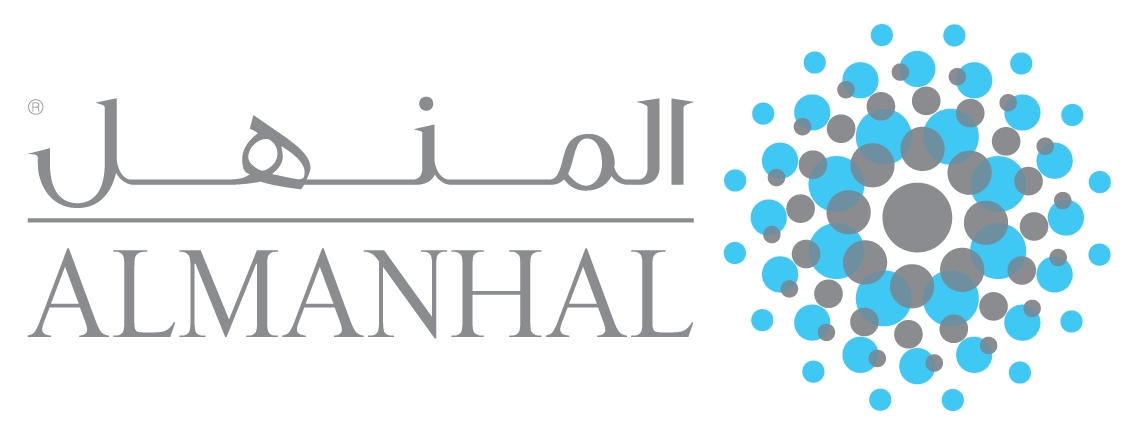Managing Crypto-pegged Exchange Rates Risks in Islamic Banks in the Era of Digitalization Economy and Tokenization
DOI:
https://doi.org/10.31436/jif.v9i1.403Abstract
The FX markets of the world have become one of the largest of all financial markets. Trading turnover averaged as high as $4.7[1] trillion a day in recent years, 70 times the daily trading volume on the New York Stock Exchange. Online foreign exchange trading is increasing. Electronic foreign exchange trading volume tops 60 percent of overall global foreign exchange trading. Traditionally foreign exchange risk is considered as part of market risk despite being a profound one. Foreign exchange is a critical risk factor that has at times been profound enough to cause entire economies to face crises and move towards recession. In the world of globalization, digitalization and tokenization where banks are expanding their businesses internationally faster than ever the growing foreign exchange and newborn cryptocurrency risk should be set as an independent source in risk management process. The paper analyses the growing pattern of foreign exchange risk within five years period for six Islamic banks in GCC region: National commercial bank Saudi Arabia; Al Baraka Banking group, Bahrain, Al Rajhi Bank, Saudi Arabia, Dubai Islamic Bank, UAE, Qatar Islamic Bank, Qatar and Samba Financial Group, Saudi Arabia (traditional bank with Islamic banking business). The analysis reviles the need for more robust exchange risk management and establishing a new “crypto-gold standard†or crypto-pegged exchange rates for eliminating the volatility and future losses due to it. The results show that tokenization could be a good tool for managing the exchange rate risk.
[1] https://www.wsj.com/articles/SB10001424053111903999904576468211853284114
Downloads
References
Allayannis, G., & Ofek, E. (2001). Exchange Rate Exposure, Hedging, and the use of Foreign Currency Derivatives. Journal of International Money & Finance, 20(2), 273-296.
Antova I., & Tayachi T., (2019), Blockchain and Smart Contracts: A Risk Management Tool for Islamic Finance. Journal of Islamic Financial Studies, 5(1), 29-42.
Broccardo, E., Mazzuca, M., & Yaldiz. E. (2013). Uses and Motivations for Credit Derivatives: An Empirical Investigation into Italian Banks. DEM Discussion Papers.
Bratspies, R.M. (2018). Cryptocurrency and the Myth of the Trustless Transaction, Michigan Technology Law Review, 25(1), 1-57.
Loderer C., & Pichler K. (2000). Firms Do You Know Your Currency Exposure? Survey Results. Journal of Empirical Finance, 7(3-4), 317-344.
Marshal A. P. (1999). Foreign Exchange Risks Management in UK, USA and Asia Pacific Multinational Companies. Journal of Multinational Financial Management, 10(2), 185-211.
Rahman M., & Hoque, M. (2015). Foreign Exchange Risk Management in Banks: A Comparative Study of Some Selected Banks in Bangladesh, International Journal of Ethics in Social Sciences, 3(1), 91-106.
Saunders, A., & Cornett, M.A. (2007) Financial Institutions Management: A Risk Management Approach, McGraw-Hill/Irwin Edition, 8th Edition.
Shaofang L., & Matej, M. (2014). The Use of Financial Derivatives and Risks of U.S. Bank Holding Companies.
Zahan, M., & Kenett, R.S. (2011). Hedging Instruments in Conventional and Islamic Finance, University of Turin, Italy.
Journal
Websites and Annual Reports
Read The OneGram: Whitepaper, retrieved from https://onegram.org/ Bank for International Settlements, December 2019 from https://www.bis.org/cpmi/publ/d190.pdf
Global Forex Turnover Continues to Increase, retrieved from https://www.wsj.com/articles/SB10001424053111903999904576468211853284114
Qatari Riyal from https://en.wikipedia.org/wiki/Qatari_riyal
International Islamic Financial Market Standards, retrieved from http://www.iifm.net/published-standards
Best Islamic Financial Institutions In The World 2019: Coming Into Their Own, retrieved from https://www.gfmag.com/magazine/may-2019/best-islamic-banks-world-2019
Digitalization and its impact on the economy: insights from a survey of large companies, retrieved from https://www.ecb.europa.eu/pub/economic-bulletin/focus/2018/html/ecb.ebbox201807_04.en.html
https://www.bloomberg.com/markets/currencies
European Central Bank (2012), “Virtual Currency Schemesâ€, October 2012, retrieved from https://www.ecb.europa.eu/pub/pdf/other/virtualcurrencyschemes201210en.pdf
International Monetary Fund Staff Discussion Note (2016), “Virtual Currencies and Beyond: Initial Considerationsâ€, January 2016, retrieved from https://www.imf.org/external/pubs/ft/sdn/2016/sdn1603.pdf
Al Rajhi Bank, 2018 Annual Report, retrieved from https://www.alrajhibank.com.sa/en/alrajhi-group/investor-relations/annual-reports
IFSB Islamic Financial Services Industry Stability Report 2018 (IFSB, 2018), retrieved from https://www.ifsb.org/download.php?id=4811&lang=English&pg=/index.php
Dubai Islamic Bank, 2018 Annual report, retrieved from https://www.dib.ae/about-us/news/2019/01/30/dubai-islamic-bank-full-year-2018-group-financial-results
Qatar Islamic Bank, 2018 Annual report, retrieved from https://www.qib.com.qa/en/images/QIB%20Annual%20report%202018%20En.pdf
Samba Financial Group, 2018 Annual Report, retrieved from https://www.samba.com/en/Images/Annual_Report_2018.pdf












